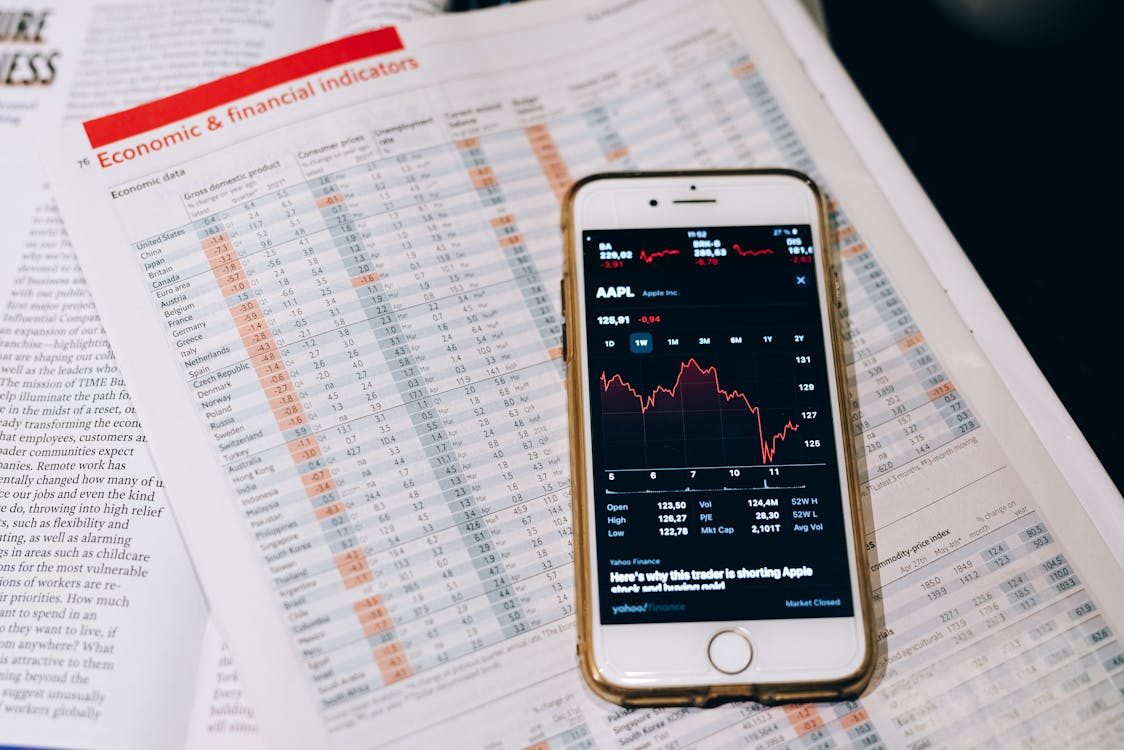Risk management is a critical component of successful Forex trading. Without proper risk management, traders can quickly lose their capital, no matter how skilled they are at analyzing the market. In this guide, we will explore the key strategies and tools that can help you protect your trading capital and manage risk effectively.

What Is Forex Risk Management?
Forex risk management refers to the practice of controlling and limiting the amount of risk you take on each trade. This involves using various strategies and techniques to ensure that no single trade, or group of trades, wipes out your account balance. Effective risk management is the foundation for long-term success in Forex trading.
Key Strategies for Managing Risk in Forex Trading
1. Use Stop-Loss Orders
One of the simplest and most effective risk management tools is the stop-loss order. A stop-loss order is a pre-set order that automatically closes your trade when the price reaches a certain level, limiting your losses.
Setting stop-loss orders at appropriate levels helps protect your capital and prevents you from suffering significant losses during market fluctuations.
2. Risk-to-Reward Ratio
Another essential concept in risk management is the risk-to-reward ratio. This ratio compares the potential risk of a trade with the potential reward.
For example, if you’re willing to risk $50 on a trade, but your target profit is $150, your risk-to-reward ratio is 1:3. Aim for a ratio of at least 1:2, ensuring that your potential reward outweighs your potential risk.
3. Position Sizing
Position sizing refers to the amount of capital you allocate to a single trade. By adjusting your position size based on the amount of risk you’re willing to take, you can control your exposure to the market.
Traders typically risk 1-2% of their total capital on each trade. This way, even a string of losing trades won’t wipe out your account.
4. Diversify Your Trades
Diversification is another key strategy for risk management. By spreading your trades across different currency pairs and timeframes, you reduce the risk of a single market event affecting your entire portfolio.
Instead of putting all your capital into one trade, consider taking smaller positions in several different currency pairs to minimize risk.
5. Use Leverage Wisely
Leverage allows traders to control larger positions with a smaller amount of capital. However, it also magnifies both gains and losses. While leverage can increase your profit potential, it also increases your risk of losing more than your initial investment.
To avoid large losses, use leverage cautiously and never trade with more leverage than you can afford to lose.
Tips for Effective Forex Risk Management
- Have a Trading Plan: A solid trading plan that includes risk management rules helps you stay disciplined and avoid emotional decisions.
- Always Use Stop-Losses: Never trade without setting a stop-loss. This simple tool helps protect your capital during volatile market conditions.
- Keep a Trading Journal: Recording every trade allows you to analyze your decisions, track your progress, and learn from mistakes.
- Stay Disciplined: Stick to your risk management rules and don’t let emotions like fear or greed influence your trading decisions.




